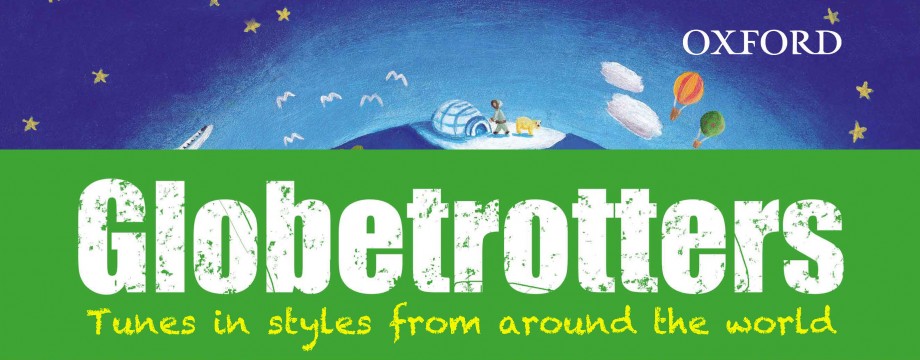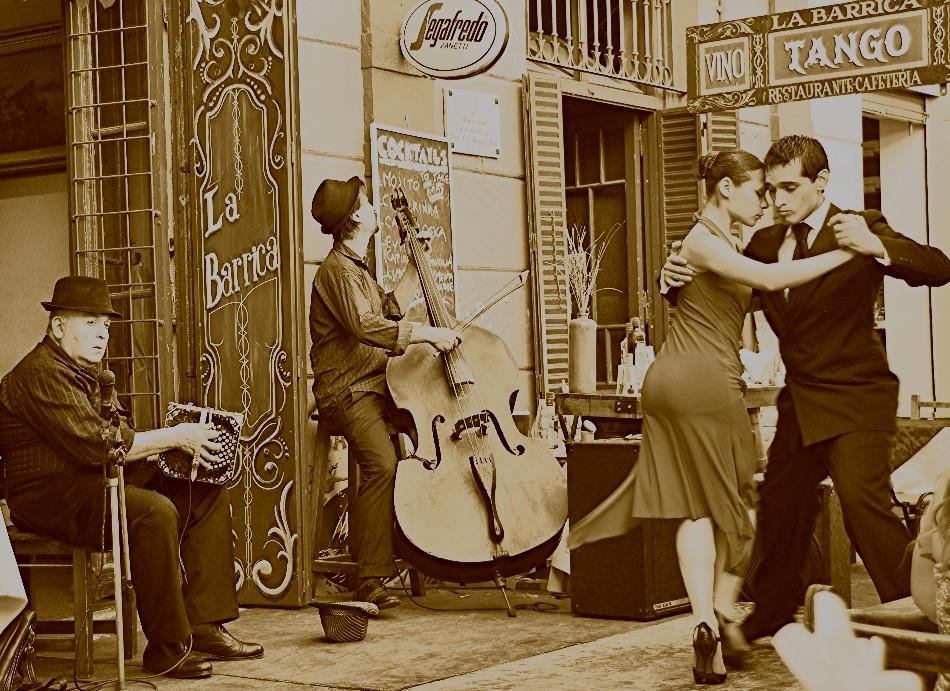Click here to go back to the list of styles.
Tango comes from Buenos Aires, which is the capital city of Argentina in South America. Tango music evolved from the wide variety of musical cultures of the people who lived in Buenos Aires at the turn of the 20th century. Argentina was then a very prosperous place, and millions of people from all over the world, in particular from Italy, Germany and Spain, emigrated there in the hope of finding a better life. However, things were not always as easy as they had hoped. Tango music became a way for people to express feelings of homesickness, loneliness and lost love. As a result, tango is not always the happiest-sounding music! It is, however, often deeply emotional, expressive and passionate music, and, along with the famous dance, has gained huge popularity all over the world.
Instruments traditionally played in a tango band include violin, bandoneon (a sophisticated kind of squeezebox), piano, guitar and double bass. Tango music can be played by anything from a solo guitar to a large orchestra with several bandoneons, violins, violas, cellos, double bass and piano. A famous tango cellist is Jose Bragato.
Here’s the Osvaldo Pugliese Orquesta playing a famous tango called Chique:
Here’s a video of my band, Tango Siempre, playing a famous tango called Quejas de Bandoneon, “The Cry of the Bandoneon”:
For a slightly more eccentric take on tango, here is the Juan D’Arienzo Orqeusta:
Not all tango music is sad-sounding… here’s the Anibal Troilo Orquesta playing a tune called La Trampera, which is an example of a more up-beat style called a “milonga”:
In the second half of the 20th century tango music was dominated by the prolific composer Astor Piazzolla, who reinvented the genre and created his own unique style of tango, which he called Tango Nuevo (New Tango). Listen to his sextet playing Adios Nonino, featuring the tango cellist Jose Bragato:



